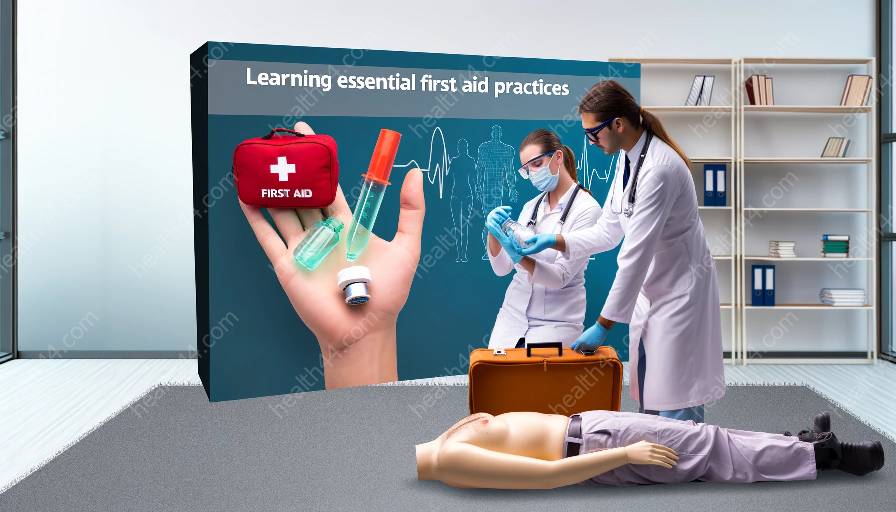First aid skills are crucial for health professionals and individuals alike. This article provides an in-depth look at assessing and managing heat stroke and hypothermia, essential topics in health education and medical training.
Assessing and Managing Heat Stroke
Heat stroke is a serious medical condition that occurs when the body's temperature regulation fails, leading to a dangerous increase in body temperature. It can be life-threatening and requires immediate first aid intervention.
Symptoms of Heat Stroke
The symptoms of heat stroke include:
- High body temperature (above 103°F/39.4°C)
- Altered mental state or behavior
- Nausea and vomiting
- Flushed skin
- Rapid breathing
- Rapid heart rate
First Aid for Heat Stroke
When encountering a person with suspected heat stroke, it is crucial to take immediate action. The following steps can help manage heat stroke:
- Call emergency services
- Move the person to a cool, shaded area
- Remove any unnecessary clothing
- Cool the person using cold water or ice packs
- Monitor their breathing and responsiveness
Assessing and Managing Hypothermia
Hypothermia occurs when the body loses heat faster than it can produce heat, causing a dangerously low body temperature. It is a potentially life-threatening condition that requires prompt first aid measures.
Symptoms of Hypothermia
The symptoms of hypothermia may include:
- Shivering
- Confusion or memory loss
- Slurred speech
- Weak pulse
- Fatigue
First Aid for Hypothermia
Providing effective first aid for someone experiencing hypothermia is essential for their survival. The following actions can help manage hypothermia:
- Move the person to a warmer place
- Remove any wet clothing and replace with dry layers
- Wrap the person in blankets or warm clothing
- Provide warm, non-alcoholic beverages
- Seek medical attention if the person’s condition does not improve or worsens
Learning how to effectively assess and manage heat stroke and hypothermia is vital for individuals involved in health education and medical training. These first aid skills can make a critical difference in saving lives and promoting health and safety in various settings.



